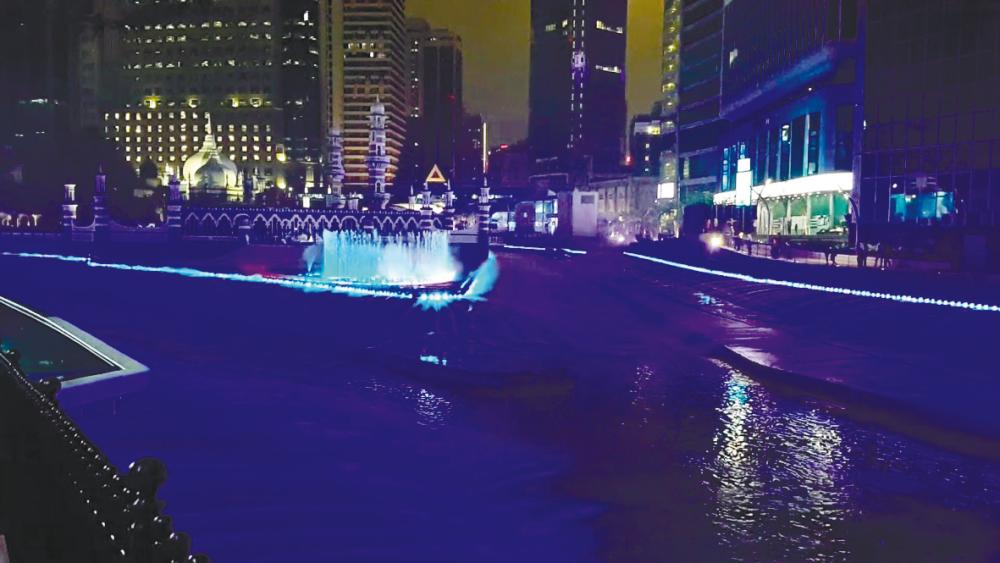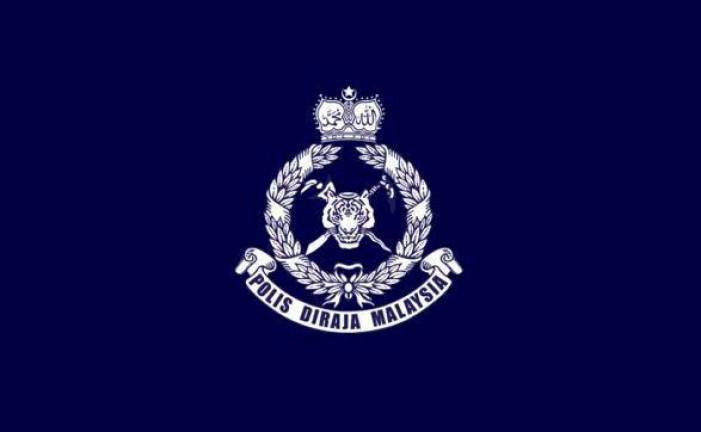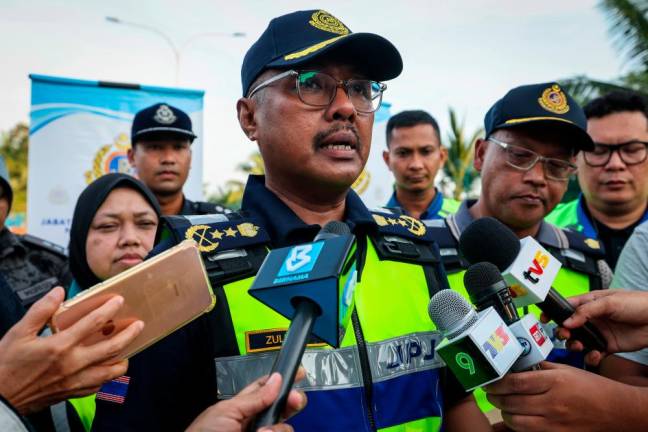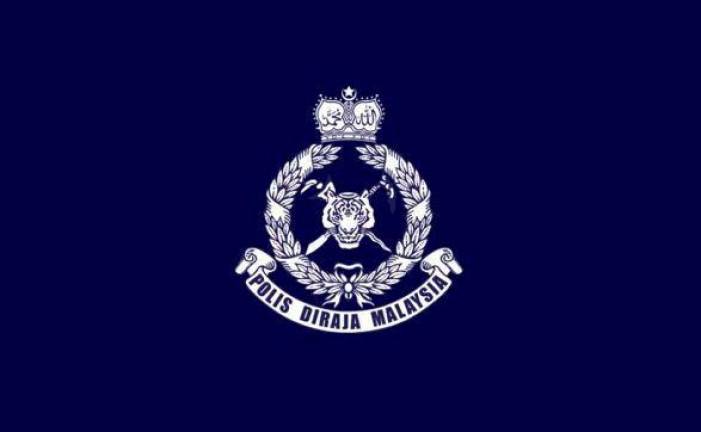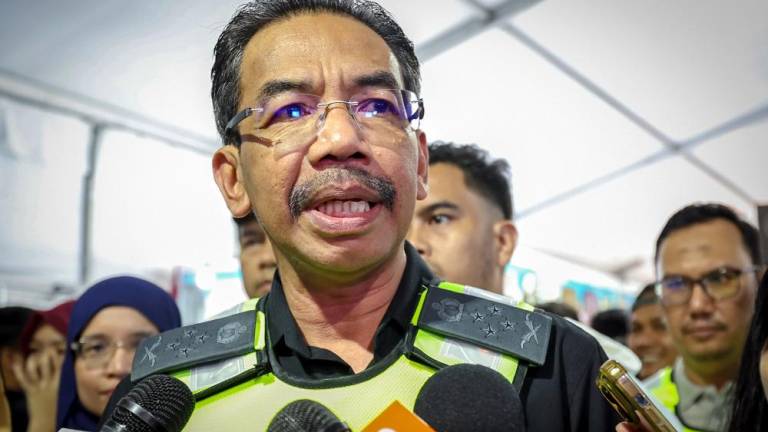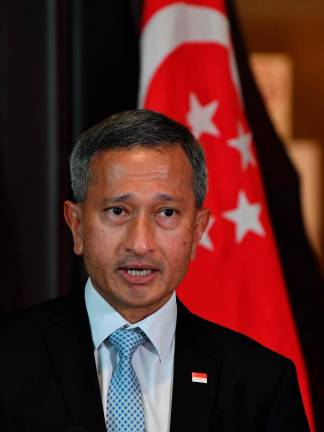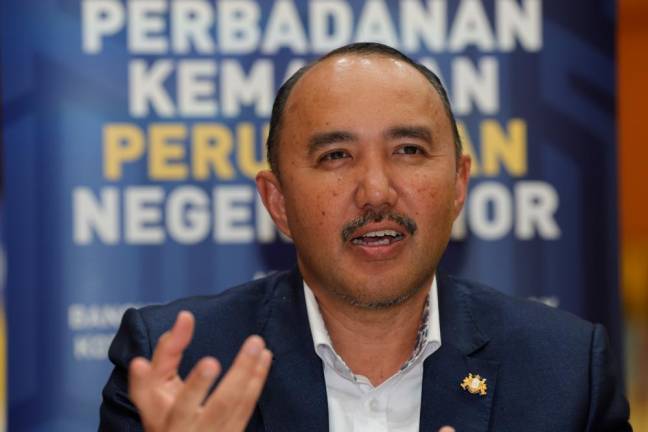MALAYSIA has a rich network of rivers across the country, flowing through untouched land, villages and cities, a beating heart that gives life to all. As such, river management is vital for our environment. In addition to the groundwork and science that goes into managing our rivers, we must also consider the human aspect of how we can interact and benefit from our rivers. This aspect forms the basis of what is known as “heartware”.
River management in Malaysia and other countries is part of an Integrated Watershed Management (IWM) process, that manages human activities and natural resources on a watershed, such as rivers, lakes and ponds, while taking into account social, economic and environmental issues, as well as community interests in order to manage water resources sustainably.
The KL “River of Life”, which is located at the convergence of the Klang and Gombak rivers near the Masjid Jamek mosque, is one of Malaysia’s best known river revitalisation projects, and in 2019 was named one of the “World’s 10 Best Waterfront Districts” by British online news portal, The Independent. This technically puts it on par with famous waterfronts such as Japan’s Shibuya Streams, Tampa Riverwalk in the US and Hong Kong’s Victoria Dockside. Unfortunately, this recognition does not hold water as the Klang and Gombak rivers are still murky as a result from years of pollution and inadequate garbage disposal system.
Part of the problem was that when it came to the “Hardware-Software-Heartware” approach, the project had put more emphasis on technical (hardware) and management (software) aspects, working to make the waterfront look presentable without addressing the continuous pollution contributed by the communities and businesses (heartware).
Assoc Prof Dr Zeeda Fatimah Mohamad of Universiti Malaya (UM) defines “heartware” as “the promotion of public participation and engagement via community-shared values to ensure continuous motivation by the local communities towards these efforts”. In other words, it represents human involvement and support with “hardware” being science and technology, and “software” being management, laws and policies.
“Heartware” is a relatively new term to many in Malaysia – which makes raising awareness and knowledge of it even more vital, for “heartware” is an emotional mechanism that incorporates the behaviours and conduct of humans while interacting with the environment.
When it comes to rivers, “heartware” is a non-tangible driver that pushes people to act or at least relate to water bodies, influenced by a set of shared values and ethics. Examples of shared values of a river basin community would be the economic factor, whereby the river provides income for fishermen and tour guides, historical sentiment as displayed through the Tagal system in Sabah, religious stewardship and water usage for daily activities.
The concept and application of “heartware” was a collaborative research effort conducted by UM and Kyoto University to develop a tool for community-based water quality monitoring known as Eco-Heart Index. Led by Zeeda and Kyoto University’s Dr Sakai Nobumitsu, the research was performed at the Langat River basin in 2018 to study the effectiveness of the Water Quality Index (WQI) tool in attracting and inspiring communities to monitor the river’s water quality as part of Malaysia’s IWM.
The inception of the WQI tool began when Zeeda and her research team participated in a IWM project in Lake Biwa, Japan following their interest in the “heartware” approach to IWM. There, the team observed and learnt about the local participation of the residents in the lake’s conservation, driven by their shared values.
“We were in awe at witnessing the spiritual and sociocultural behaviour demonstrated by the locals,” said Zeeda. “It was this wide-scale participation by local communities that made the IWM in Lake Biwa an exemplary case study”.
After this project, the research team followed up with the study at the Langat River basin where Sakai developed the Eco-Heart Index based on six simple WQI parameters: pH, heavy metals, dissolved oxygen, transparency, ammonia nitrogen and chemical oxygen demand.
The Eco-Heart Index utilises the shape of the heart to plot and indicate the quality of the water, with each shape indicating a different situation for that area of the river tested. A full-plotted heart shape would show that the water is clean whereas broken-hearted shapes such as “thin heart”, “rabbit ear”, “finger” and “diamond” will show different degrees of water pollution. The shapes are then mapped out along the river basin to give a bigger picture of its current condition.
For example, during the Langat River basin study, the map showed more heart shapes at the upper-stream sites, indicating clean water bodies due to less human activities at the untouched land. In contrast, as one goes down towards mid-stream and downstream sites, they found more broken hearts, hence, indicating polluted water as these sites are developed and populated by humans.
Following this research, the Eco-Heart Index is seen as an interactive people science tool in IWM due to its community-centric features. It is user-friendly as it utilises simple WQI parameters that can be learnt and applied by people outside the technical field.
In terms of generating results, the Eco-Heart Index is a visual medium conceptualised to be creative, attractive and capable of evoking emotion, not only among people who monitor the water quality, but also for those who listen to the stories of the rivers.
By bringing back a form of feeling, memory or picture into the mind, one would be able to relate more to the river. It is only through opening the hearts and minds of people towards the river that social-learning and
co-management of IWM can be encouraged and supported, hence, creating a healthy multistakeholder collaboration involving more implementation on the ground.
Zeeda sees the potential of the Eco-Heart Index as a strong tool to encourage more “heartware” approach in IWM. However, she noted that it is important to not only adopt the techniques but also the sociotechnical components of the “heartware” method inspired by the Japanese.
According to Zeeda, for best results, more improvement of the Eco-Heart index is required in terms of forming standardised instructions and training modules for the WQI tool.
Zeeda said the various activities organised by environmental conservation organisation Sekitar Kita can help the community better understand how sustainable science can be used pragmatically, and to create better solutions for our current challenges.
The “heartware” approach was utilised during the Tasek Varsiti revitalisation project, which saw full participation and support from the campus communities in efforts to restore the campus lake to its former glory, a goal they ultimately achieved.
Our country’s rivers need help to thrive, it is time to put our hearts into helping the nation’s waterways.
“Rivers run through our history and folklore, and link us as a people. They nourish and refresh us and provide a home for dazzling varieties of fish and wildlife and trees and plants of every sort. We are a nation rich in rivers,” – Charles Kuralt.
Nurul Nabila Shohimi is a postgraduate candidate at the Faculty of Science, Universiti Malaya. Michael Hoe is a Research Assistant at the Institute of Research Management and Services, Universiti Malaya. Universiti Malaya is leading the effort in humanising river management. Comments: letters@thesundaily.com
The KL “River of Life” was named one of the “World’s 10 Best Waterfront Districts” by British online news portal, The Independent in 2019.



